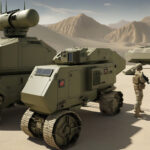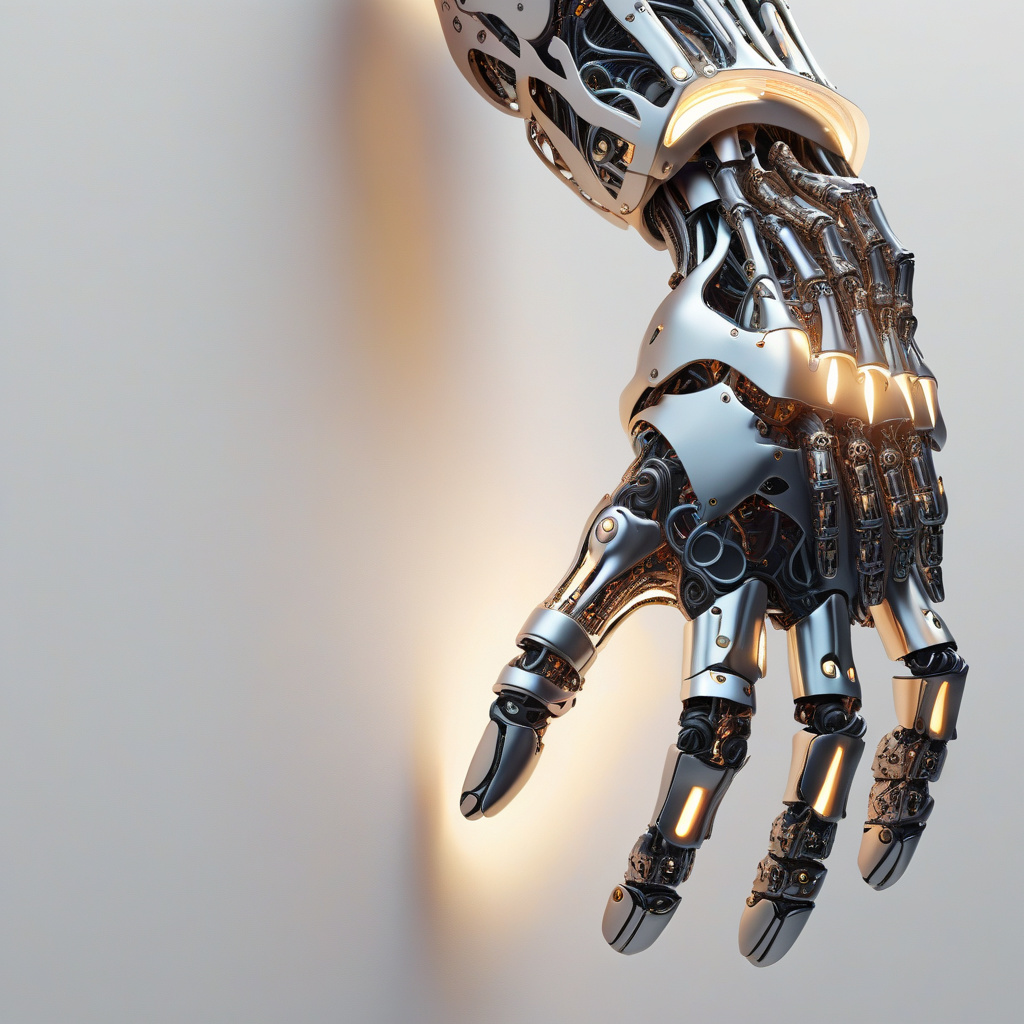Robot Hand Grips Smart, Flinches from Heat, and Mimics Real-World Human Touch
Robots are picking up human instincts: sensing heat, pressure, and even the weight of objects. The evolution of robotics is swiftly moving towards creating machines that not only perform tasks with precision but also interact with the environment in a more human-like manner. A groundbreaking development in this field is the creation of a robot hand that can grip smart, flinch from heat, and mimic real-world human touch.
Traditionally, robots have been programmed to perform tasks based on pre-defined instructions without the ability to adapt to changing circumstances. However, recent advancements in artificial intelligence and sensor technologies have enabled robots to sense and respond to external stimuli, much like humans do. This innovative robot hand is equipped with sensors that can detect heat and pressure, allowing it to adjust its grip on objects accordingly. For example, when picking up a hot cup of coffee, the robot hand can sense the heat and apply a gentler grip to prevent spilling.
Moreover, the ability of the robot hand to mimic real-world human touch is a significant leap forward in human-robot interaction. By incorporating tactile sensors and haptic feedback mechanisms, the robot hand can simulate the sense of touch, enabling it to differentiate between objects of varying textures and hardness. This not only enhances the dexterity of the robot hand but also opens up new possibilities for applications in industries such as healthcare, manufacturing, and prosthetics.
One of the key benefits of this technological innovation is its potential to revolutionize the field of prosthetics. By integrating the ability to sense and respond to external stimuli, robotic prosthetic limbs can offer users a more natural and intuitive experience. For instance, a person with a robotic hand equipped with these advanced sensors can perform delicate tasks with precision and ease, such as writing with a pen or picking up fragile objects.
Furthermore, in the manufacturing sector, robots with smart gripping capabilities can improve efficiency and safety in production processes. These robots can handle delicate materials with care, reducing the risk of damage and improving overall product quality. Additionally, the ability to sense heat and pressure can prevent accidents in high-temperature environments, making workplaces safer for human workers.
In conclusion, the development of a robot hand that grips smart, flinches from heat, and mimics real-world human touch represents a significant advancement in the field of robotics. By bridging the gap between man and machine, this technology has the potential to enhance various industries and improve the quality of life for individuals using prosthetic devices. As robots continue to evolve and acquire more human-like abilities, the possibilities for innovation and collaboration between humans and machines are endless.
robotics, artificialintelligence, humanrobotinteraction, prosthetics, manufacturing












